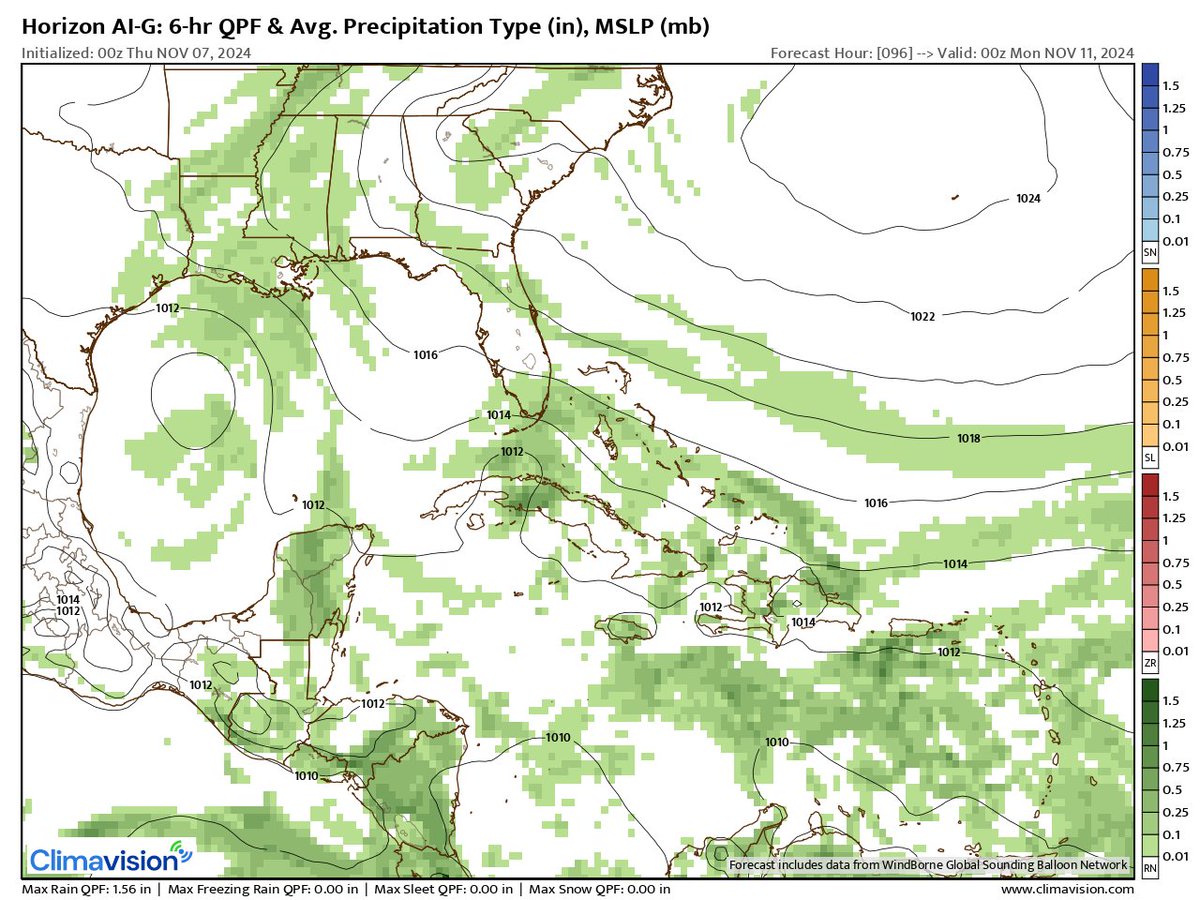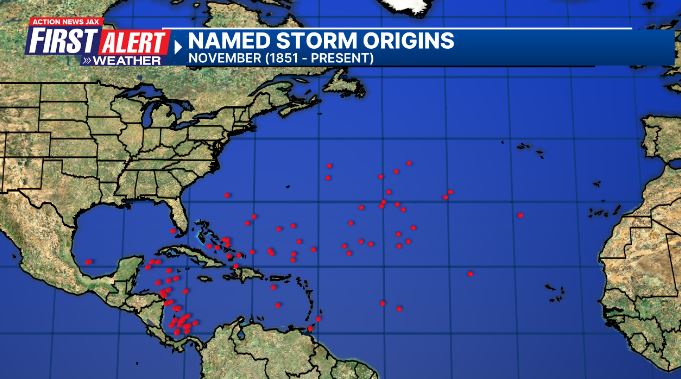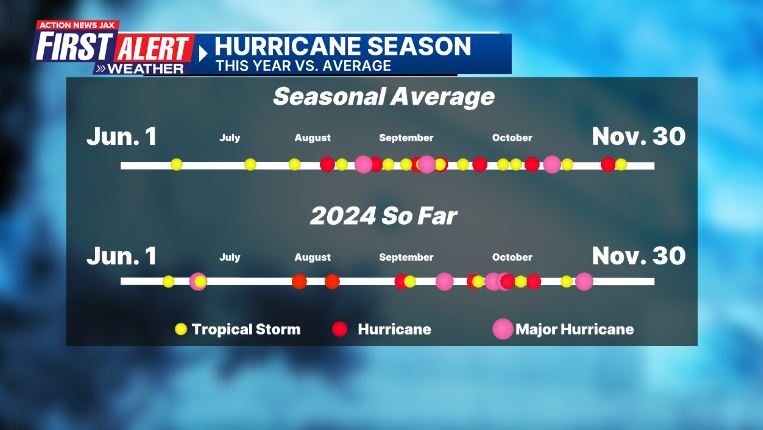Jacksonville, Fl. — The “Buresh Bottom Line”: Always be prepared!.....First Alert Hurricane Preparation Guide... City of Jacksonville Preparedness Guide... Georgia Hurricane Guide.
STAY INFORMED: Get the * FREE * First Alert Weather app
FREE NEWS UPDATES, ALERTS: Action News Jax app for Apple | For Android
WATCH “Preparing for the Storm”
WATCH “The Ins & Outs of Hurricane Season”
READ the First Alert Hurricane Center “Preparation Guide”
Federal Alliance for Safe Homes (FLASH) * here *.
***** ALWAYS CHECK & RE-CHECK THE LATEST FORECAST & UPDATES! ****
Tropics threats for Jacksonville/NE Florida/SE Georgia: None.
“Buresh Bottom Line”:
* After a Cat. 3 landfall late Wed. 40 miles SW of Havana, Rafael is over the Gulf of Mexico & weakening.
* A trough of low pressure is near the Southeast Bahamas.
* “Mighty Milton” - Buresh Blog - recap of the hurricane including the forecast.
* “The Hell that was Helene” - Buresh Blog.
The Atlantic Basin Overview:
(1) Rafael:


Tropical depression #18 formed Monday & was upgraded to a tropical storm Rafael a short time later over the Southern Caribbean before strengthening into the 11th hurricane of the Atlantic season Tue. evening. An eyewall replacement cycle occurred Wed. afternoon as Rafael made landfall near 4pm EDT on the southwest coast of Cuba about 40 miles SW of Havana as a Cat. 3 hurricane.
Climavision ‘HorizonAI’ global model is below & has generally been a good “steady eddy” & compromise between other models this hurricane season. The forecast map below is for late Sun., Nov. 10th showing a weakening Rafael over the Western Gulf of Mexico as steering currents collapse. This is too far west but about right on intensity.
Rafael continues to clearly feel the effects of strong shear out of the west/southwest causing the mid level circulation to become detached to the northeast of the surface center. Rafael has essentially been decapitated with the mid & upper level disturbance well removed to the northeast of the low level center. The upper level feature will likely end up moving east/northeast steered by the southern edge of an upper level trough over the Eastern U.S. This feature will weaken & looks insignificant other then perhaps somewhat of an increase in showers & isolated t’storms along the Gulf Coast & over Florida through Sun. night.
Side note: his track to the west/southwest matches up nicely with typhoon “Yinxing” over the Western Pacific which will be moving near the far northern tip of the Philippines. Essentially this “typhoon teleconnection” telegraphs movement of Rafael as upper level (jet stream) currents over the W. Pacific mirror the Western Atlantic.
So the bottom line: Rafael will continue to wind down over the Gulf & will be no threat to any land areas.
Shear out of the west/southwest increases markedly over the Gulf to 30-40+ mph:
7-Day rainfall forecast:


(2) A weak trough of low pressure is over the Southeast Bahamas. Development of this feature seems unlikely.


‘Velocity potential anomalies’ below shows “rising” air (green lines) across the Atlantic Basin which equates with an uptick in overall convection. With rising air, conditions are generally more favorable for tropical development. An upward “pulse” has centered itself over the Atlantic Basin which aided Rafael during the past week.
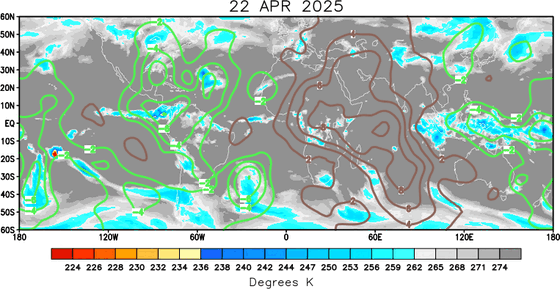
REMEMBER WHEN A TROPICAL STORM OR HURRICANE IS APPROACHING: Taping windows is *not* recommended & will not keep glass from breaking. Instead close curtains & blinds.
Realize the forecast cone (”cone of uncertainty”) is the average forecast error over a given time - out to 5 days - & *does not* indicate the width of the storm &/or where damage might occur.
The upper oceanic heat content (UOHC) [tropical cyclone heat potential/TCHP] across the SW Atlantic, Gulf & Caribbean is very high:
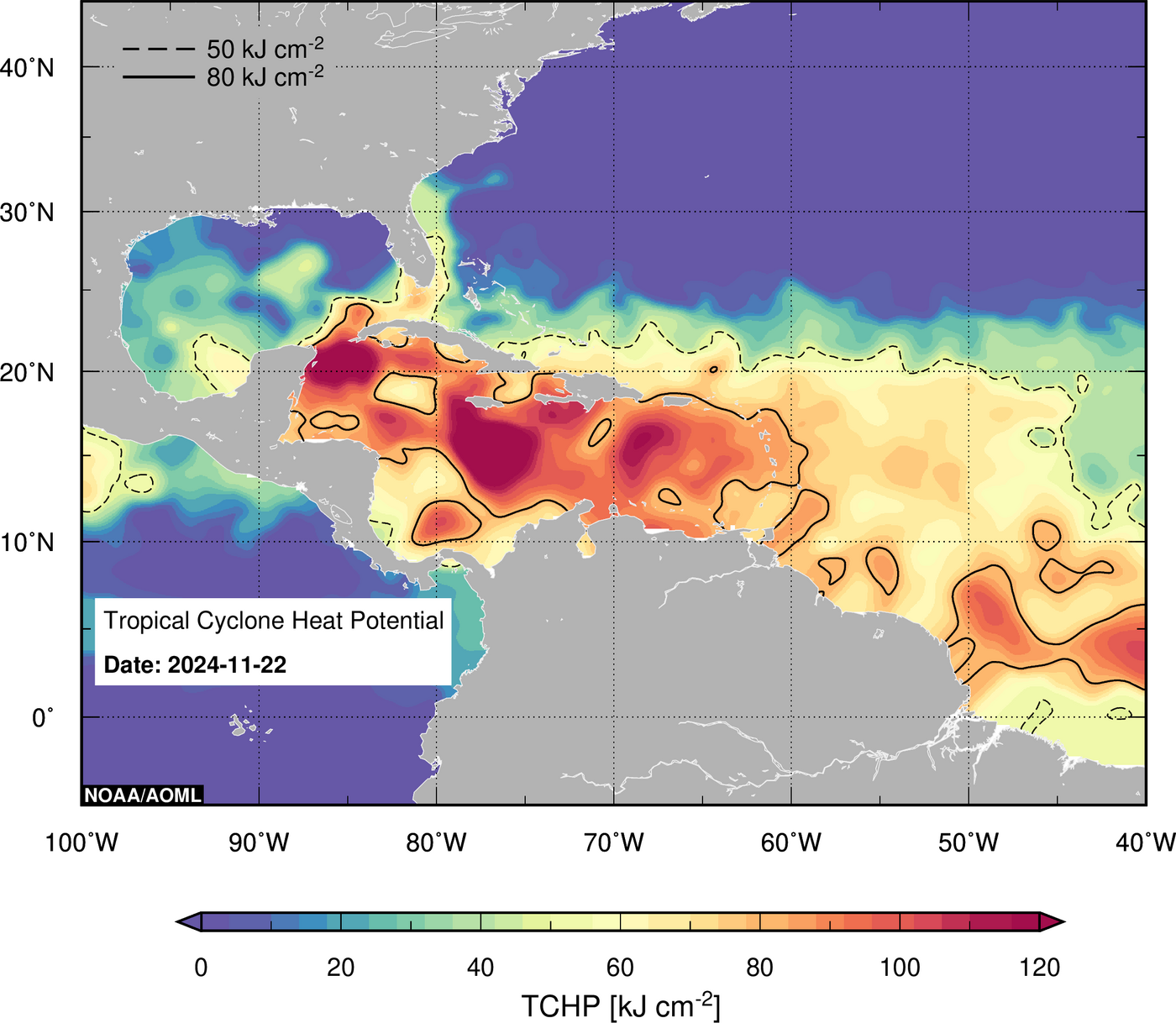
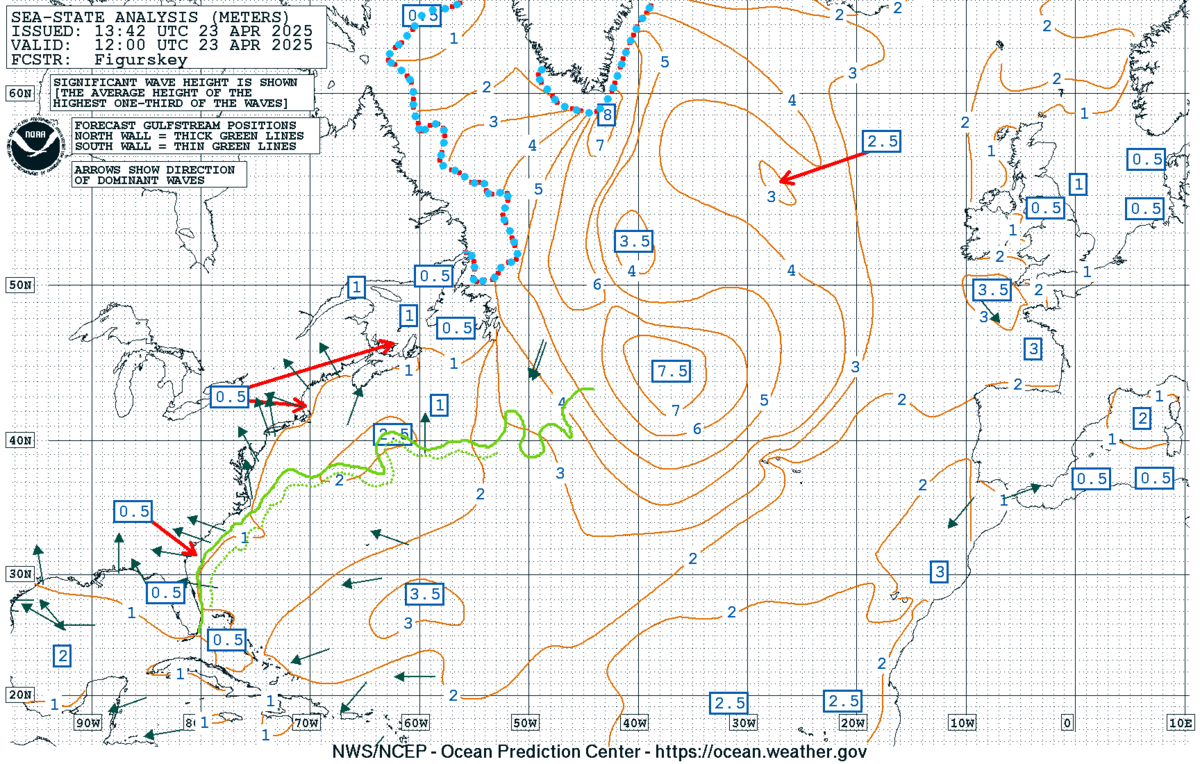




Water vapor loop (dark blue/yellow is dry mid & upper level air):


November tropical cyclone origins:
Averages below based on climatology for the Atlantic Basin for November:
Wind shear (red - strong shear; green - low shear):



Saharan dust spreads west each year from Africa driven by the prevailing winds (from east to west over the Atlantic). Dry air = yellow/orange/red/pink. Widespread dust is indicative of dry air that *can* interfere with the development of tropical cyclones. However, sometimes “wanna’ be” waves will just wait until they get to the other side of - or away from - the dust plume then try to develop if other conditions are favorable (we’ve already seen this with Beryl & Debby this year). In my personal opinion, there is way too much “hoopla” about the presence of Saharan dust & how it relates to tropical cyclones. In any case, the peak of Saharan dust typically is in June & July.

2024 names..... “Sara” is the next name on the Atlantic list (names are picked at random by the World Meteorological Organization... repeat every 6 years). Historic storms are retired [Florence & Michael in ’18 (the last time this year’s list was used)... Dorian in ’19 & Laura, Eta & Iota in ‘20, Ida in ‘21 & Fiona & Ian in ‘22]). In fact, this year’s list of names is rather infamous because of the ‘04 season when Charley, Frances, Jeanne & Ivan - all retired names - hit Florida within a matter of about 6 weeks. The WMO decided - beginning in 2021 - that the Greek alphabet will be no longer used & instead there will be a supplemental list of names if the first list is exhausted (has only happened three times - 2005, 2020 & 2021). The naming of tropical cyclones began on a consistent basis in 1953. More on the history of naming tropical cyclones * here *.

Hurricane season climatology:




East Atlantic:





Mid & upper level wind shear (enemy of tropical cyclones) analysis (CIMMS). The red lines indicate strong shear:
Water vapor imagery (dark blue indicates dry air):

Deep oceanic heat content over the Gulf, Caribbean & deep tropical Atlantic. The colors will brighten greatly as the water warms to greater depths deeper into the season:

Sea surface temp. anomalies:
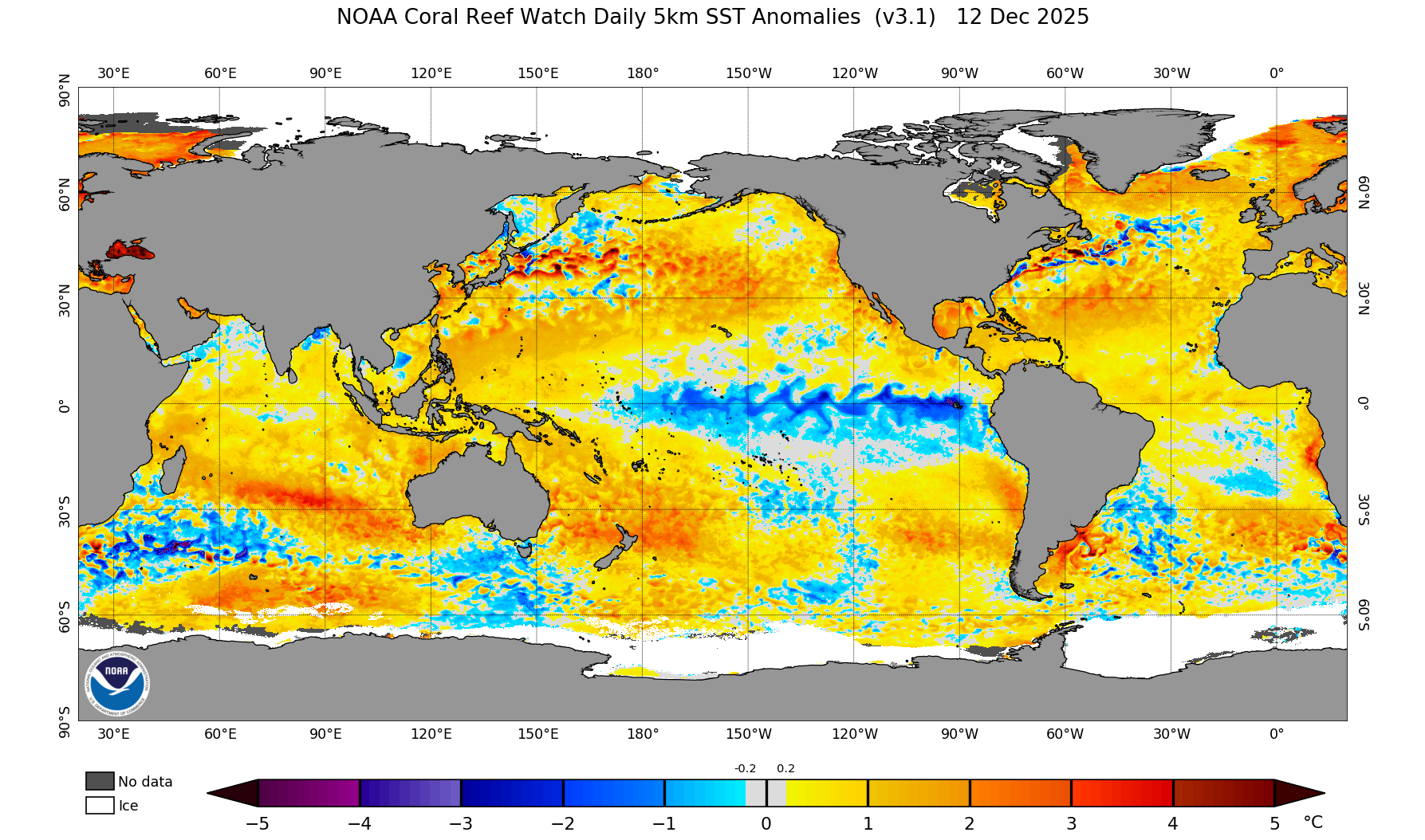

SE U.S. surface map:

Surface analysis centered on the tropical Atlantic:

Surface analysis of the Gulf:

Caribbean:

Atlantic Basin wave period forecast for 24, 48, 72 & 96 hours respectively:



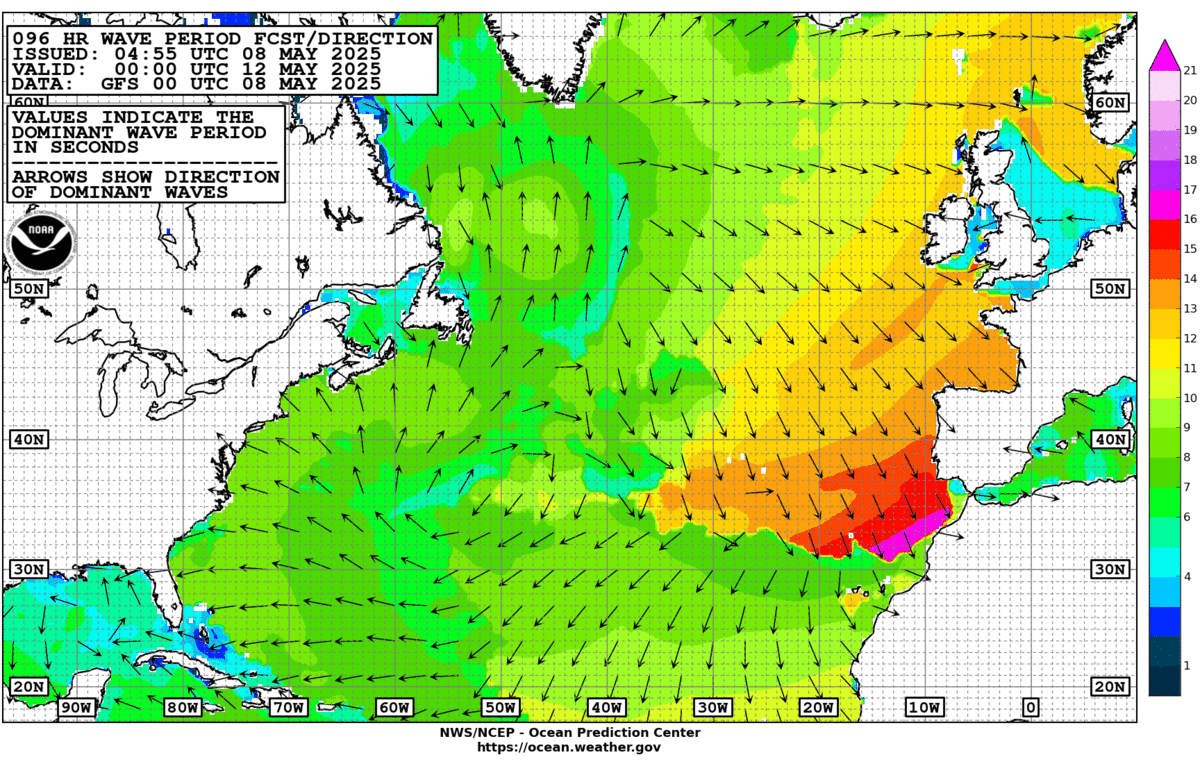

East & Central Pacific:




Central Pacific:
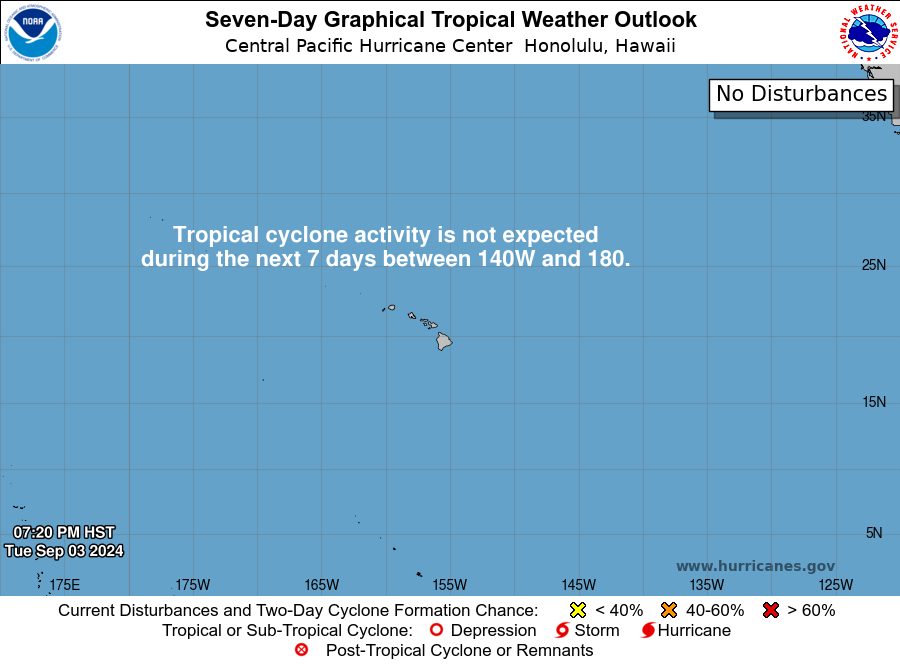
Hawaii satellite imagery:

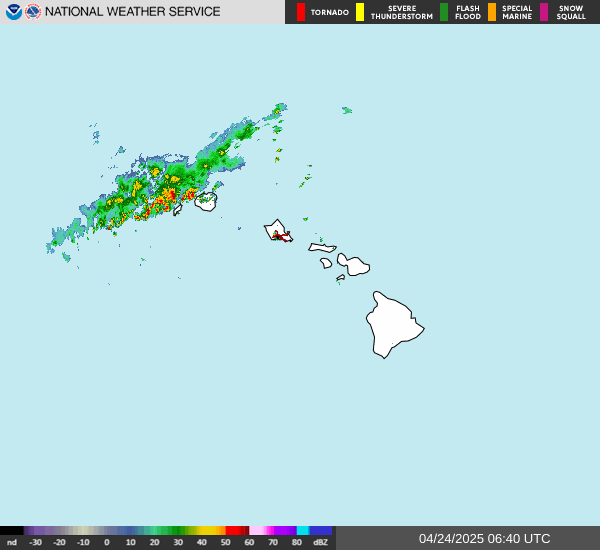
West Pacific:
“Toraji”:

“Yinxing”:

“Man-yi”:


Global tropical activity:

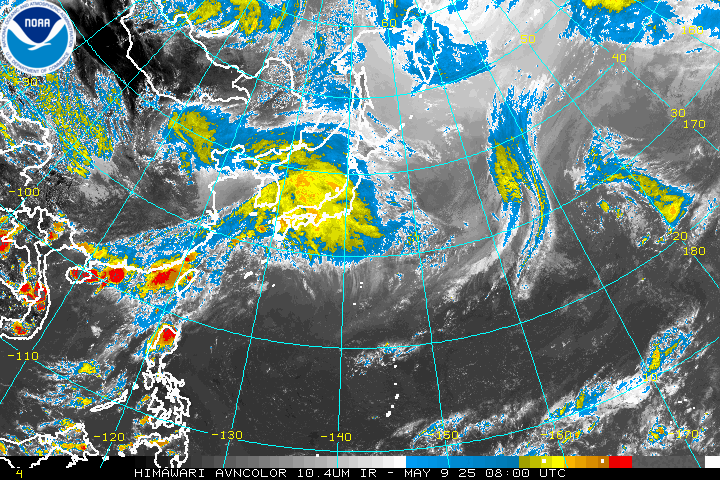
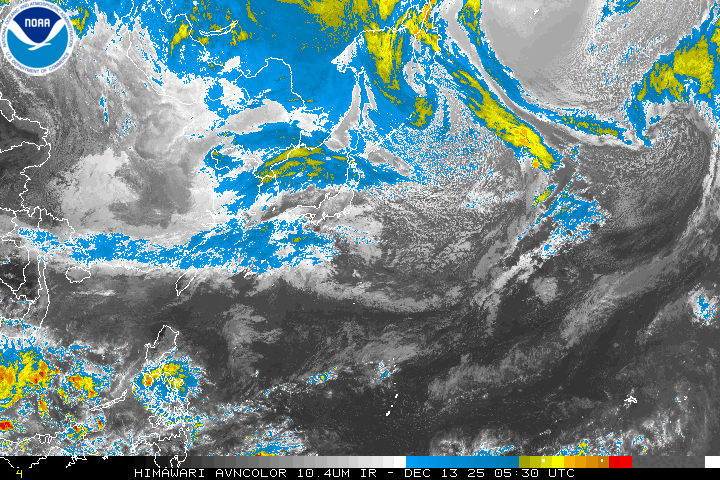
Cox Media Group


